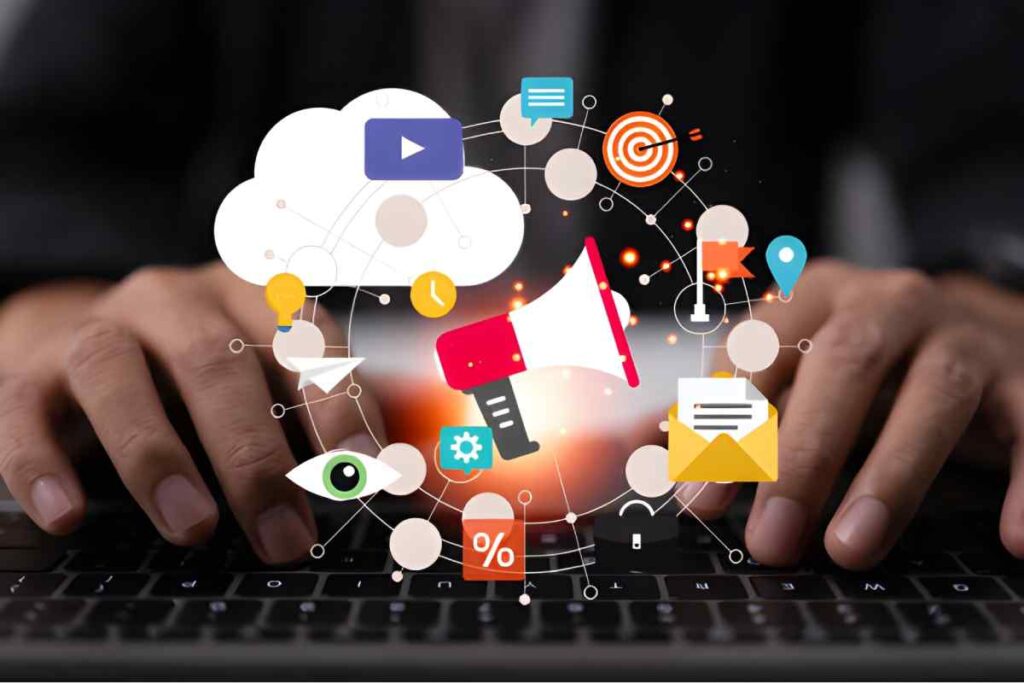Promotional gifts play a vital role in promoting your business at events. They are tangible items that remind customers of your brand even after the event has ended. Whether it’s an exhibition, conference, or social event, effective distribution of promotional gifts can significantly increase brand awareness, create positive associations, and strengthen customer loyalty. Success lies not only in the products themselves, but also in how they are distributed.
Here are nine practical ways to utilise promotional gifts at events.
1. Know Your Audience
Before distributing promotional items at an event, it’s essential to understand your target audience. Understanding the demographics, preferences, and needs of attendees is crucial for selecting products that will appeal to them.
For example, if you’re attending a technology conference to support a company in that industry, products like USB drives or portable chargers will be more appealing. On the other hand, at a health and wellness fair, water bottles or yoga mats might be more appropriate.
A clear understanding of your audience will help ensure your promotional items are well-received and have the maximum impact.
2. Choose Relevant Products
Your audience’s perception depends mainly on the quality and relevance of your promotional products. Cheap, low-quality items tarnish your brand image and will likely end up in the trash soon. Instead, invest in high-quality products that are appropriate for the event and audience.
Valuable and durable products that better reflect your brand image will be better appreciated and used by attendees. Furthermore, high-quality products have a longer lifespan, meaning they will endure to promote your brand long after the event ends.
3. Incorporate Branding
Promotional merchandise is only part of the equation; you can also strengthen your brand. Ensure your logo, brand colours, and message are clearly conveyed on the product. At the same time, branding shouldn’t overshadow the product’s functionality. Consider this:
The goal is to create rather attendees will use regularly, safeguarding your brand remains top of mind. Whenever possible, design your merchandise to align with the event theme, creating a harmonious and compelling brand experience.
4. Leverage Timing and Use Strategic Placement
The location and timing of promotional product distribution can significantly impact its effectiveness. Distribution should occur at key points throughout the event, such as registration desks, during keynote presentations, or immediately following product demonstrations.
Timing is also crucial: distributing products at the beginning of the event ensures access for all attendees throughout the day, thereby increasing their visibility and exposure. Offering products as part of a contest or in exchange for contact information promotes exclusivity and engagement.
5. Create Immemorable Experiences
Promotional items should be more than just giveaways; they should create an experience. Consider integrating them into interactive activities or demonstrations to enhance learning. Consider handing out badges and providing attendees with a place to personalise them with their name or your company logo.
This not only personalises the product but also creates a memorable experience for attendees, connecting them with your brand. Creating such associations ensures your promotional items have a long-lasting impact.
6. Create a Distribution Strategy
Consider when and how to distribute promotional items during the event, such as at registration, during key sessions, or as part of a prize draw. Focus on key moments for maximum impact, such as welcoming attendees with promotional items at registration or using prize draws to attract visitors to your booth.
Ensure your team is prepared to deliver an event that effectively enhances the attendee experience and builds brand awareness.
7. Encourage Engagement
Use promotional products as incentives to encourage attendees to participate in activities such as visiting your booth, signing up for your newsletter, or attending a presentation. Offer exclusive or limited-edition merchandise that generates excitement and enthusiasm, motivating attendees to take action.
You can also gamify the process by offering rewards for completing specific tasks or challenges, making participation an engaging and memorable experience. This approach not only increases participation but also strengthens the connection with your brand.
8. Track Effectiveness
Collect attendee feedback and analyse the impact of your promotional products on event goals, such as increasing booth traffic or generating leads. Use surveys, post-event emails, or social media polls to gather information on product perception and its impact on attendee behaviour.
Additionally, track metrics such as the number of new contacts, social media mentions, and overall engagement to evaluate the achievement of your promotional efforts. This data will help you assess your return on investment and adjust future decisions regarding product selection and distribution strategies.
9. Follow-up After the Event
The effectiveness of promotional distribution extends beyond the event itself. It’s essential to maintain contact with those who have received your products to foster long-term relationships. This can be achieved finished email marketing, social media, or even personalised thank-you emails.
Follow-up communications should further strengthen this connection by adding value to the relationship, such as offering exclusive discounts or providing additional information about your products or services. This way, a one-time contact turns into a long-term relationship that benefits both your brand and attendees.
10. Evaluate and Optimise
After the event, evaluate the success of your product promotion strategy and identify areas for improvement to optimise its effectiveness at future events. Analyse metrics such as attendee engagement, lead generation, and brand recall to determine what worked well and what didn’t. Collect feedback from your side and attendees to gain a deeper understanding of the overall product perception.
Use this information to adjust your strategy, choosing products that better align with your audience’s preferences and optimising distribution methods to achieve greater impact at future events.
In Conclusion
Successfully distributing promotional products at events requires careful planning and impeccable execution, Focus on quality. product relevance, and branding to create memorable experiences; your audience will remember your promotional products.
After-sales service further strengthens relationships and reinforces the message conveyed during the marketing campaign. Promotional products are an extremely effective tool, when used correctly, for increasing brand awareness and loyalty.

